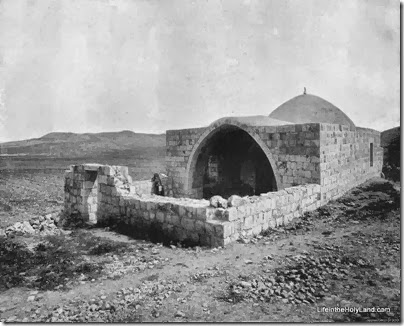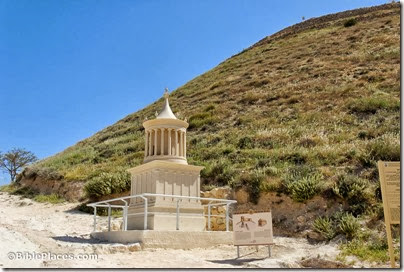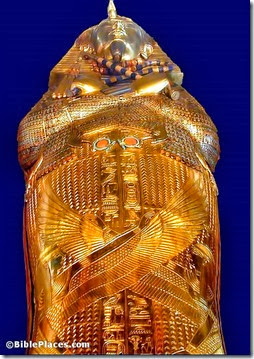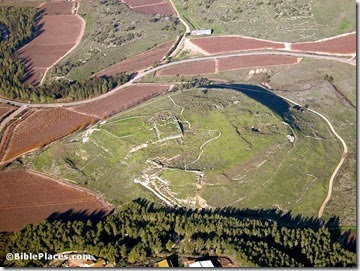The world’s largest Ark of the Covenant has been donated to Israel.
Leen Ritmeyer discusses the little-known Jewish excavation underneath the Temple Mount.
As for the recent challenge to the identification of Herod’s tomb at the Herodium, Ritmeyer sides with Netzer.
Have you been to Joseph’s tomb at Shechem? Ferrell Jenkins gives the biblical significance and a recent photo.
The Ephraim of Jesus’ day is modern Taybeh. There are more reasons to visit than ever before.
The “most popular photo” at The Bible and Interpretation is one our sunset shots over the Sea of
Galilee.
Joseph’s Tomb in Shechem
Photo source
Photo source



